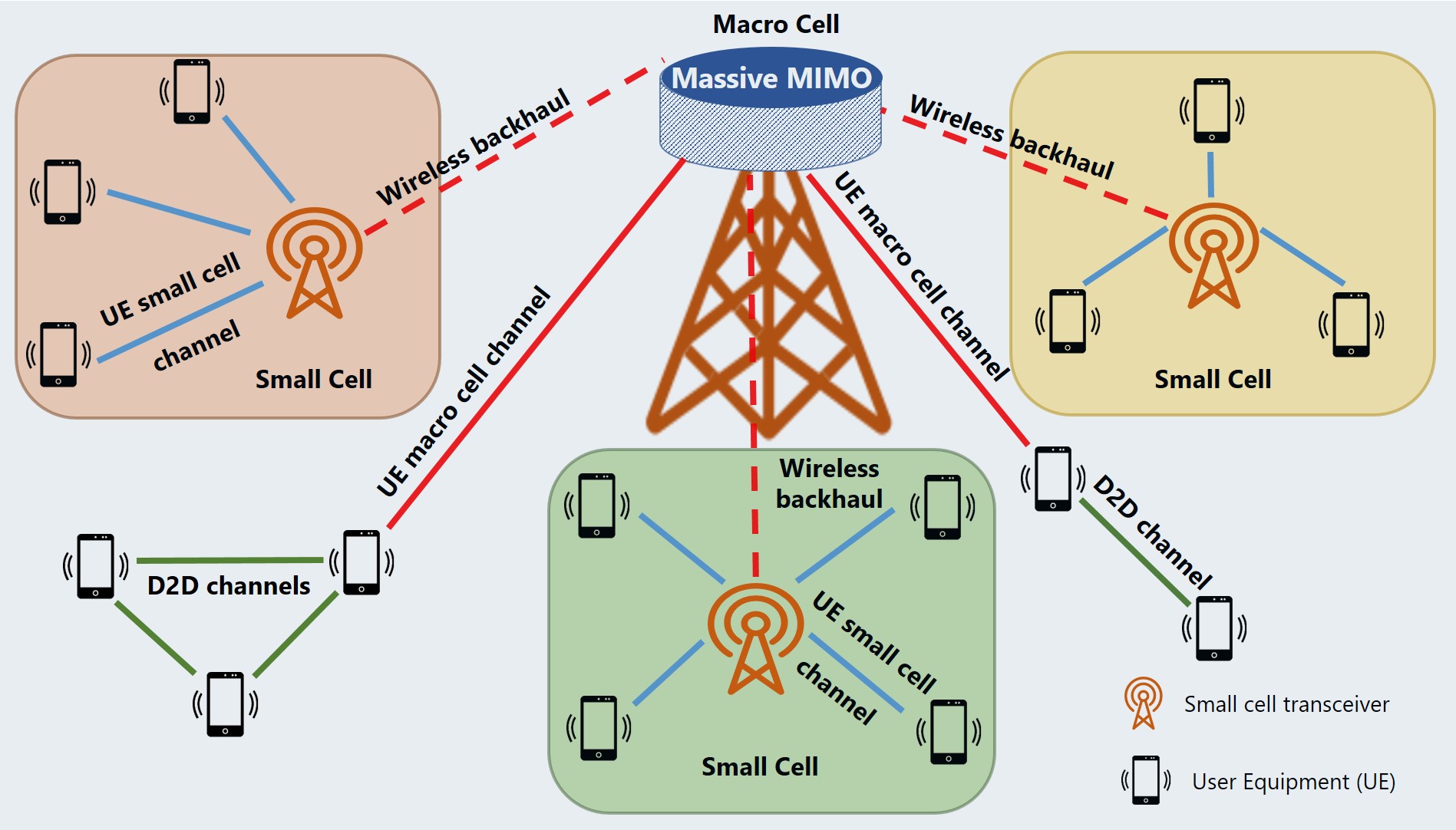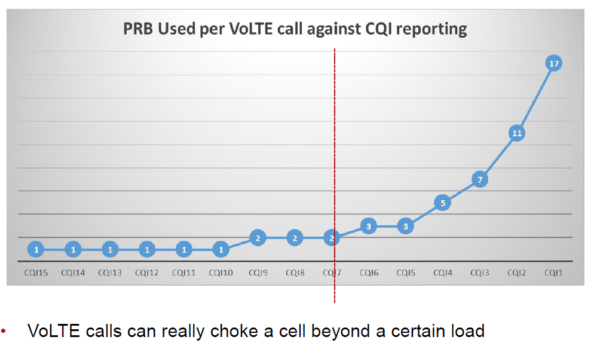Exploring mmWave Propagation and Coverage in 5G Networks
telcomatraining.com – The fifth generation (5G) wireless network promises to revolutionize connectivity, offering higher speeds, reduced latency, and greater device density compared to its predecessors. One of the key technologies driving 5G performance is millimeter-wave (mmWave) propagation. This frequency band, typically between 24 GHz and 100 GHz, is central to unlocking the ultra-fast data rates and low latency that 5G networks aim to deliver. In this article, we will explore mmWave propagation and its role in coverage within 5G networks, discussing its unique characteristics, challenges, and potential solutions.
What is mmWave Propagation?
Millimeter waves are electromagnetic waves with wavelengths ranging from 1 millimeter to 10 millimeters, corresponding to frequencies between 30 GHz and 300 GHz. These frequencies fall above the microwave band but below the infrared spectrum. mmWave propagation is particularly significant for 5G because it allows for wider bandwidths, which translate into higher data transfer rates and lower latencies. By utilizing these higher frequency bands, 5G can provide much faster wireless speeds compared to 4G.
However, mmWave frequencies come with distinct propagation challenges, including increased signal attenuation and a higher susceptibility to obstructions. These challenges require innovative strategies to ensure efficient coverage and signal strength in real-world environments.
Key Characteristics of mmWave Propagation
- Limited Range: mmWave signals have a shorter range compared to lower frequencies used in previous generations of cellular networks. They are easily blocked by obstacles such as buildings, trees, and even rain. This limitation necessitates the deployment of more base stations to ensure comprehensive coverage in urban and suburban areas.
- Line-of-Sight (LoS) Propagation: mmWave frequencies generally require a clear line of sight between the transmitter and the receiver. In non-line-of-sight (NLoS) conditions, such as in densely populated urban areas, mmWave signals experience significant degradation due to diffraction and scattering. This makes it harder to maintain a stable and high-quality connection in certain environments.
- High Data Rates: Despite these challenges, mmWave frequencies enable faster data transmission due to the wide bandwidth they provide. This high data capacity is crucial for 5G applications such as high-definition video streaming, augmented reality (AR), virtual reality (VR), and IoT (Internet of Things) devices, which require a substantial amount of bandwidth to function optimally.
- Sensitivity to Weather Conditions: mmWave signals are sensitive to weather conditions like rain, snow, and humidity. Rain, in particular, can cause significant signal attenuation, which can impact the performance of mmWave-based 5G systems, especially in regions with frequent precipitation.
Coverage Challenges and Solutions
The limited range and susceptibility to obstacles make mmWave propagation a challenge for ensuring comprehensive 5G coverage. However, there are several strategies that can help mitigate these issues and improve the overall coverage of mmWave in 5G networks.
- Small Cells Deployment: To compensate for the limited range of mmWave signals, network operators are deploying small cells—compact, low-powered base stations that are placed closer to the user. These small cells are typically installed on streetlights, utility poles, or building walls, enhancing the network’s coverage and capacity. Small cells create a denser network infrastructure, which can improve signal strength and provide better coverage in urban environments.
- Beamforming Technology: Beamforming is a technique that directs the signal toward the receiver instead of broadcasting it in all directions. This is especially useful in mmWave frequencies, as it helps to mitigate the signal attenuation caused by obstacles and improves the signal quality. By focusing the energy of the signal, beamforming enhances the coverage and reliability of mmWave-based 5G networks.
- Massive MIMO (Multiple Input, Multiple Output): Massive MIMO is a key technology used in 5G that employs a large number of antennas at the base station. By using multiple antennas, massive MIMO can increase the signal strength, reduce interference, and improve overall coverage. This technology allows for more efficient use of the mmWave spectrum, helping to address coverage issues associated with mmWave propagation.
- Adaptive Networking Techniques: Another approach to improving mmWave coverage is through the use of adaptive networking techniques, such as network slicing and dynamic spectrum management. These methods allow network operators to allocate resources efficiently and optimize network performance based on the varying demands of users and applications.
Future of mmWave Propagation in 5G
As 5G networks continue to evolve, mmWave propagation will play an increasingly important role in delivering the high-speed, low-latency experience that users expect. Ongoing advancements in technology, including AI-driven network optimization and the development of new materials for antennas, are expected to further improve the performance of mmWave-based systems.
In conclusion, while mmWave propagation presents some unique challenges for 5G coverage, these can be mitigated with innovative network design and the implementation of advanced technologies such as small cells, beamforming, massive MIMO, and adaptive networking. As 5G networks expand globally, mmWave will be a critical component in providing the next generation of wireless communication, delivering ultra-fast speeds and enabling a wide range of new applications and services.
By understanding and addressing the nuances of mmWave propagation, telecom operators can ensure a robust and efficient 5G network that meets the growing demands of modern connectivity.







